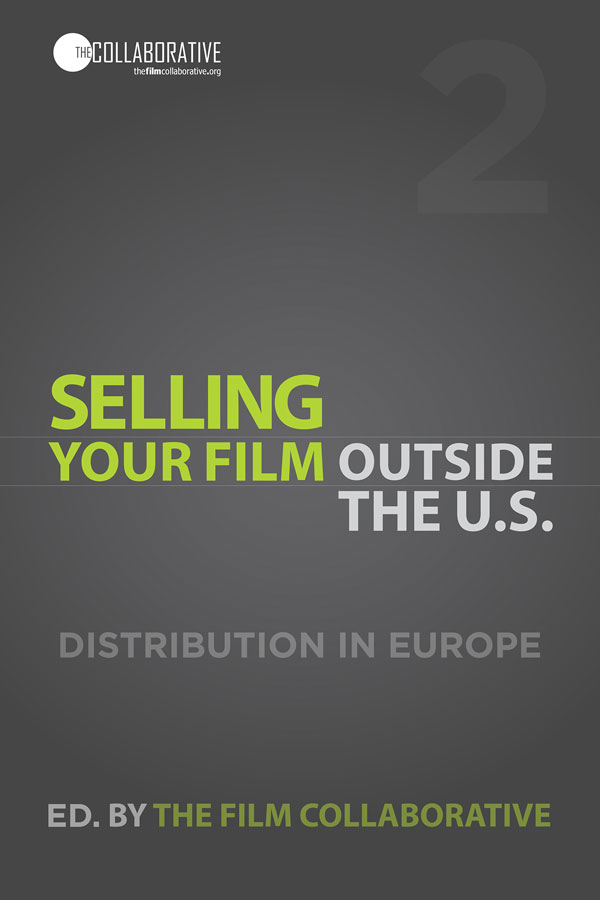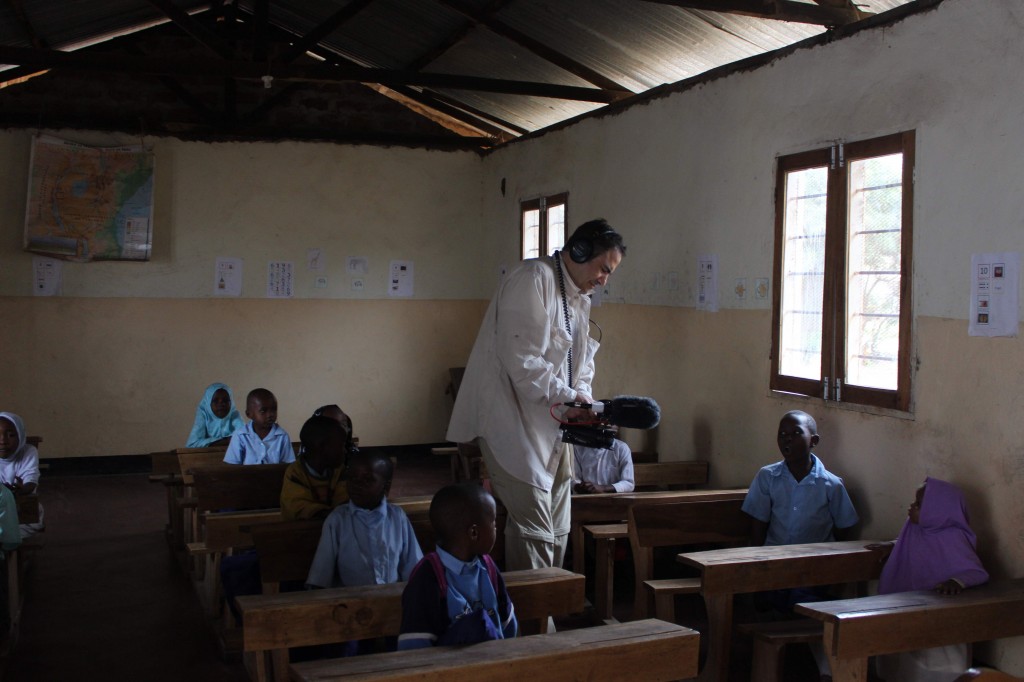Join It Session Tonight with Gregory Bayne
I’ve been doing “Join It” sessions approximately once a month since last October as one of my Kickstarter rewards for Bomb It 2. In these sessions everyone who selected the Join It perk can dial in for a monthly conference call and ask anything about filmmaking and distribution and marketing. These sessions have been a […]
New Selling Your Film Book Released– and it’s FREE

I’m really excited about this brand new book, Selling Your Film Outside the U.S. (click here to download the book for free) that I wrote with Sheri Candler, The Film Collaborative co-executive directors Orly Ravid and Jeffrey Winter and Wendy Bernfeld, managing director of the European content curation and licensing company Rights Stuff BV edited […]
Is It Crazy to Film NGOs in Africa and Run a Kickstarter at the Same Time?

By Jon Reiss I just arrived in South Africa on my way from filming in Tanzania to speak at the Durban Film Festival. I know it’s crazy to do this while running a Kickstarter for Bomb It 2 – and prepping the release of Bomb It 2 on August 6th – but I ultimately realized […]
Guest Post: Susan Youssef Crowdfunding Habibi on Kickstarter
In honor of the IFP Filmmaker Labs going on this week, today’s guest post is from Susan Youssef who was in the Narrative labs last year at IFP. She learned about Kickstarter in the lab and decided to use it to raise money to finish her film. She has generously outlined her story indicating what […]
Developing Audience During Prep, Production and Post
What you do to help your distribution and marketing started out being one chapter in the book. Now it takes up 1/3 of the book! I feel that it is hyper important that filmmakers work towards their distribution and marketing during prep, production and post. Part of that work is audience development which was the […]